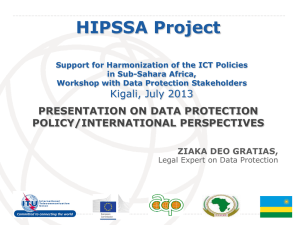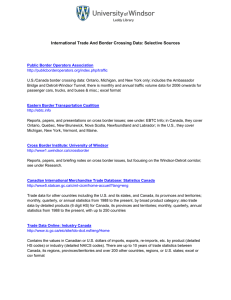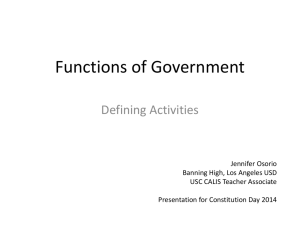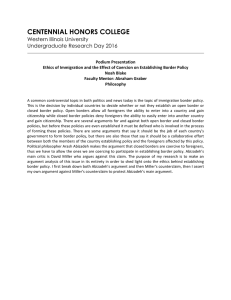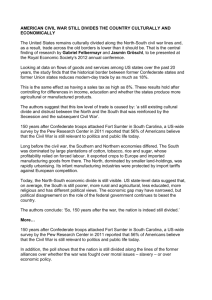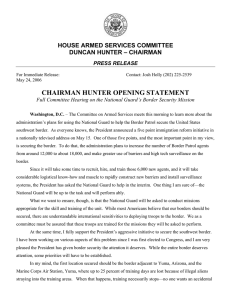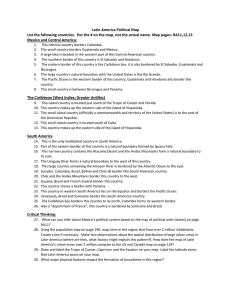artworks borders-walls
advertisement
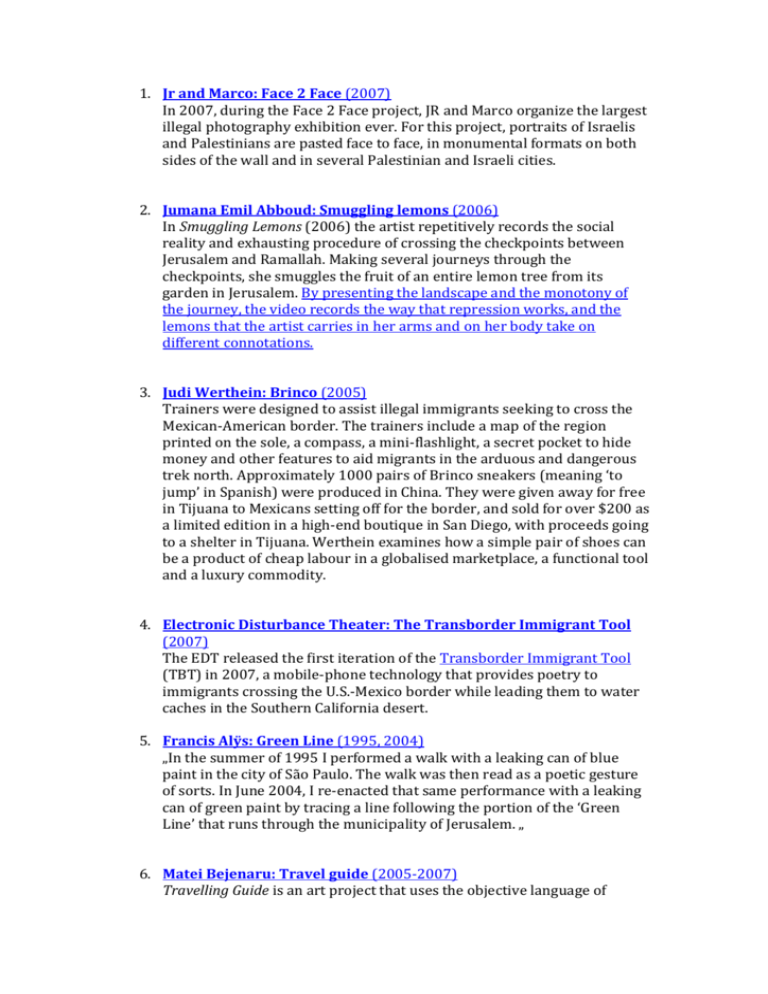
1. Jr and Marco: Face 2 Face (2007) In 2007, during the Face 2 Face project, JR and Marco organize the largest illegal photography exhibition ever. For this project, portraits of Israelis and Palestinians are pasted face to face, in monumental formats on both sides of the wall and in several Palestinian and Israeli cities. 2. Jumana Emil Abboud: Smuggling lemons (2006) In Smuggling Lemons (2006) the artist repetitively records the social reality and exhausting procedure of crossing the checkpoints between Jerusalem and Ramallah. Making several journeys through the checkpoints, she smuggles the fruit of an entire lemon tree from its garden in Jerusalem. By presenting the landscape and the monotony of the journey, the video records the way that repression works, and the lemons that the artist carries in her arms and on her body take on different connotations. 3. Judi Werthein: Brinco (2005) Trainers were designed to assist illegal immigrants seeking to cross the Mexican-American border. The trainers include a map of the region printed on the sole, a compass, a mini-flashlight, a secret pocket to hide money and other features to aid migrants in the arduous and dangerous trek north. Approximately 1000 pairs of Brinco sneakers (meaning ‘to jump’ in Spanish) were produced in China. They were given away for free in Tijuana to Mexicans setting off for the border, and sold for over $200 as a limited edition in a high-end boutique in San Diego, with proceeds going to a shelter in Tijuana. Werthein examines how a simple pair of shoes can be a product of cheap labour in a globalised marketplace, a functional tool and a luxury commodity. 4. Electronic Disturbance Theater: The Transborder Immigrant Tool (2007) The EDT released the first iteration of the Transborder Immigrant Tool (TBT) in 2007, a mobile-phone technology that provides poetry to immigrants crossing the U.S.-Mexico border while leading them to water caches in the Southern California desert. 5. Francis Alÿs: Green Line (1995, 2004) „In the summer of 1995 I performed a walk with a leaking can of blue paint in the city of São Paulo. The walk was then read as a poetic gesture of sorts. In June 2004, I re-enacted that same performance with a leaking can of green paint by tracing a line following the portion of the ‘Green Line’ that runs through the municipality of Jerusalem. „ 6. Matei Bejenaru: Travel guide (2005-2007) Travelling Guide is an art project that uses the objective language of tourist guide books in order to give detailed information about the way a Romanian citizen could enter the United Kingdom without obtaining a visa in the period between 1990 and 2007. The final product was a booklet final with text and graphics. 7. Christoph Schliegensief: Auslander Raus (2000) Christoph Schlingensief set up a refugee camp in front of the Viennese Opera House. He interned twelve actual refugee applicants in a large shipping container and streamed their life over the web for the week. As in any 'reality TV' show, the audience was allowed to vote their least favourite player out of the compound - and, in this case, out of the country. MAPPING THE LOCAL 2015-16, winter semester: Walls, borders, fences MAPPING THE LOCAL / Budapest in the framework of the Spaces of Uncertainty project-series, the Fall semester of Mapping the Local deals with the notion of border both in terms of its physical presence and abstract meanings. While the public debates concerning the recently built barbed wire fence along the Serbian-Hungarian border ran high in the past few months, barriers, fences and walls have existed throughout history. During their proliferation in the last few decades these both symbolic AND functional spatial elements were not only dividing states, but also social groups of different wealth status, lifestyles and cultures, ethnic and national identities. During the course we would like to explore the social, political and cultural context of the border/fence and their relationships, forms of representation, in the realm of contemporary art. http://www.mke.hu/node/35897

